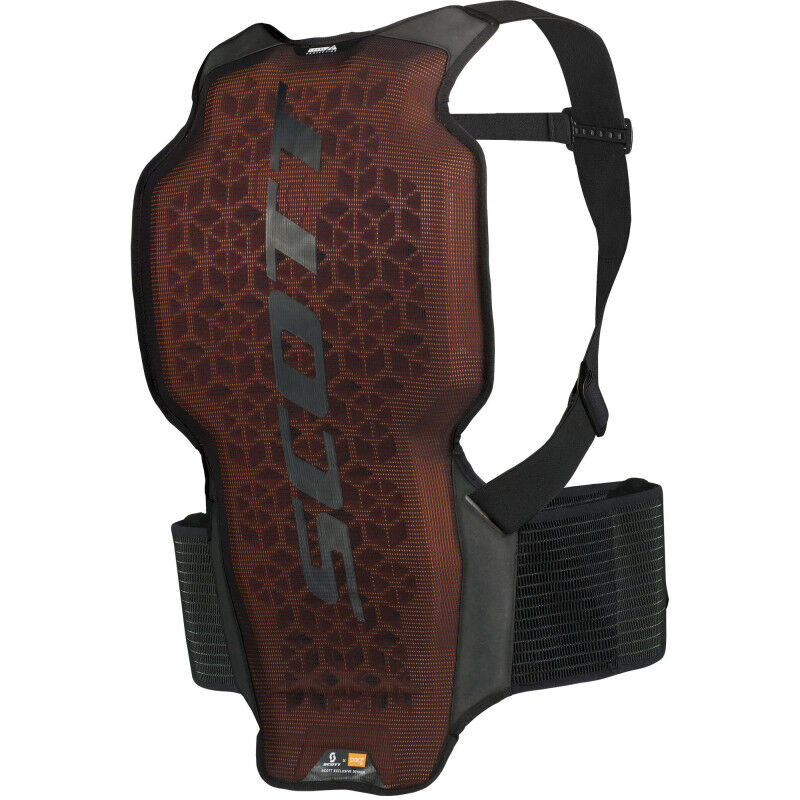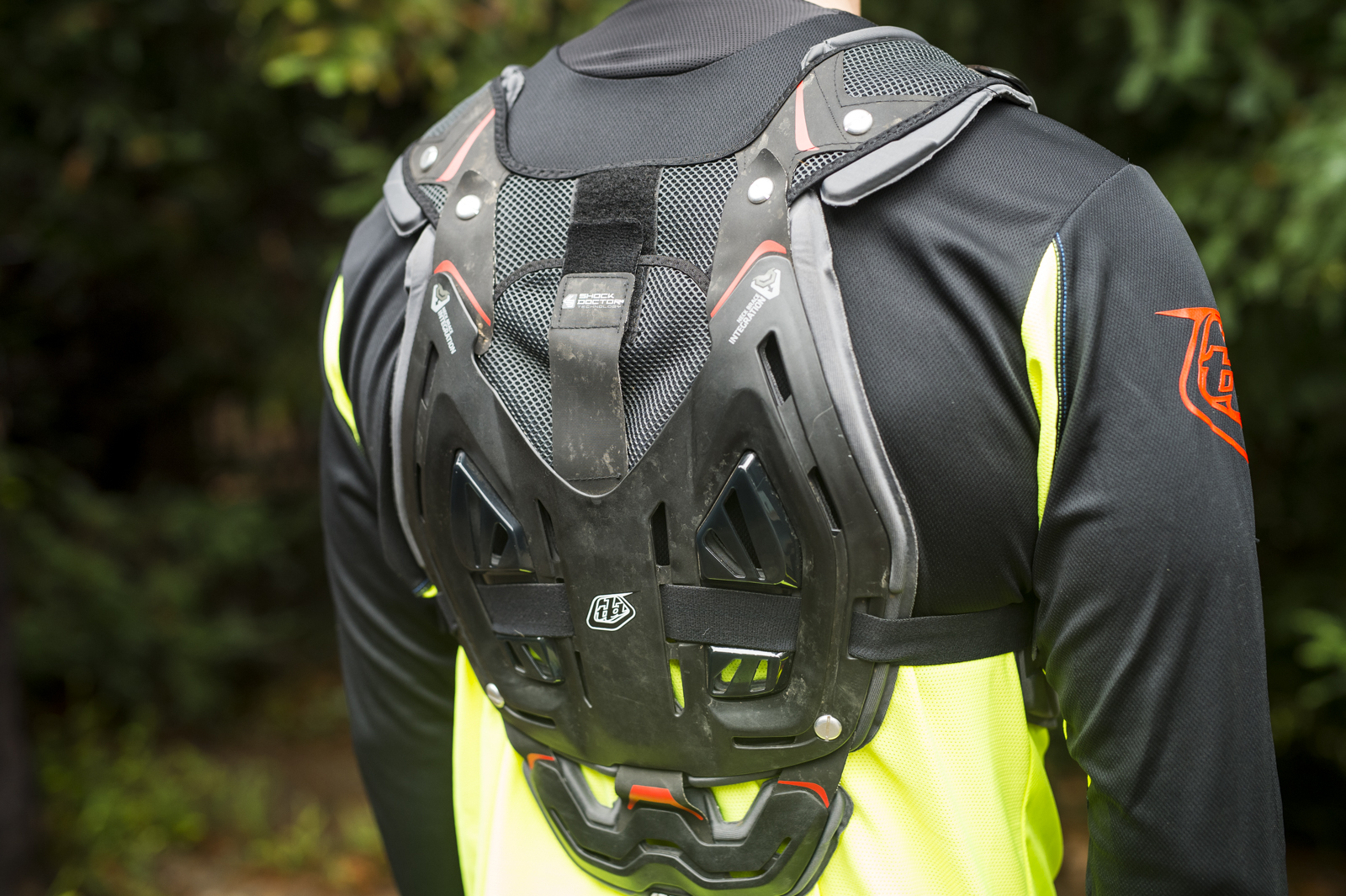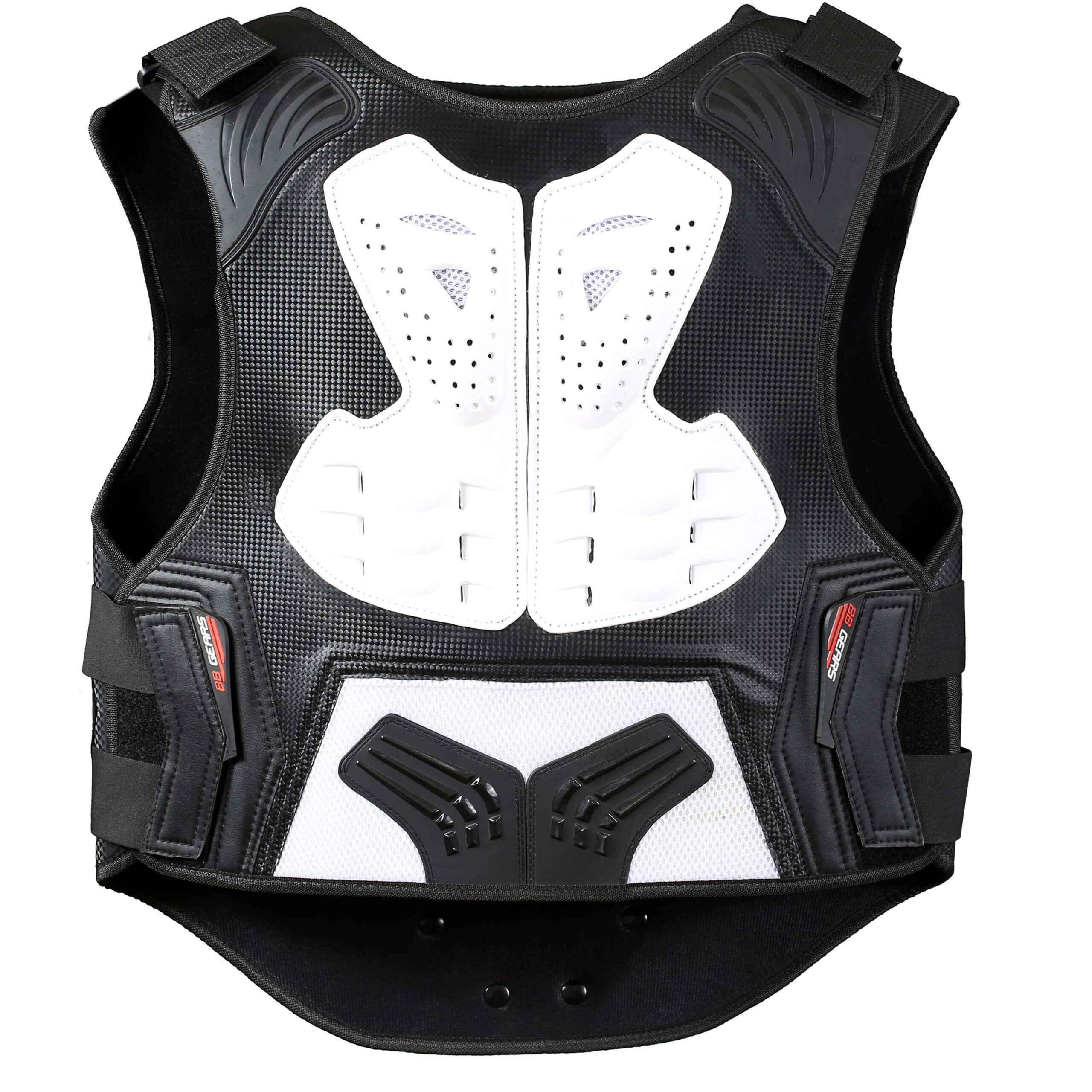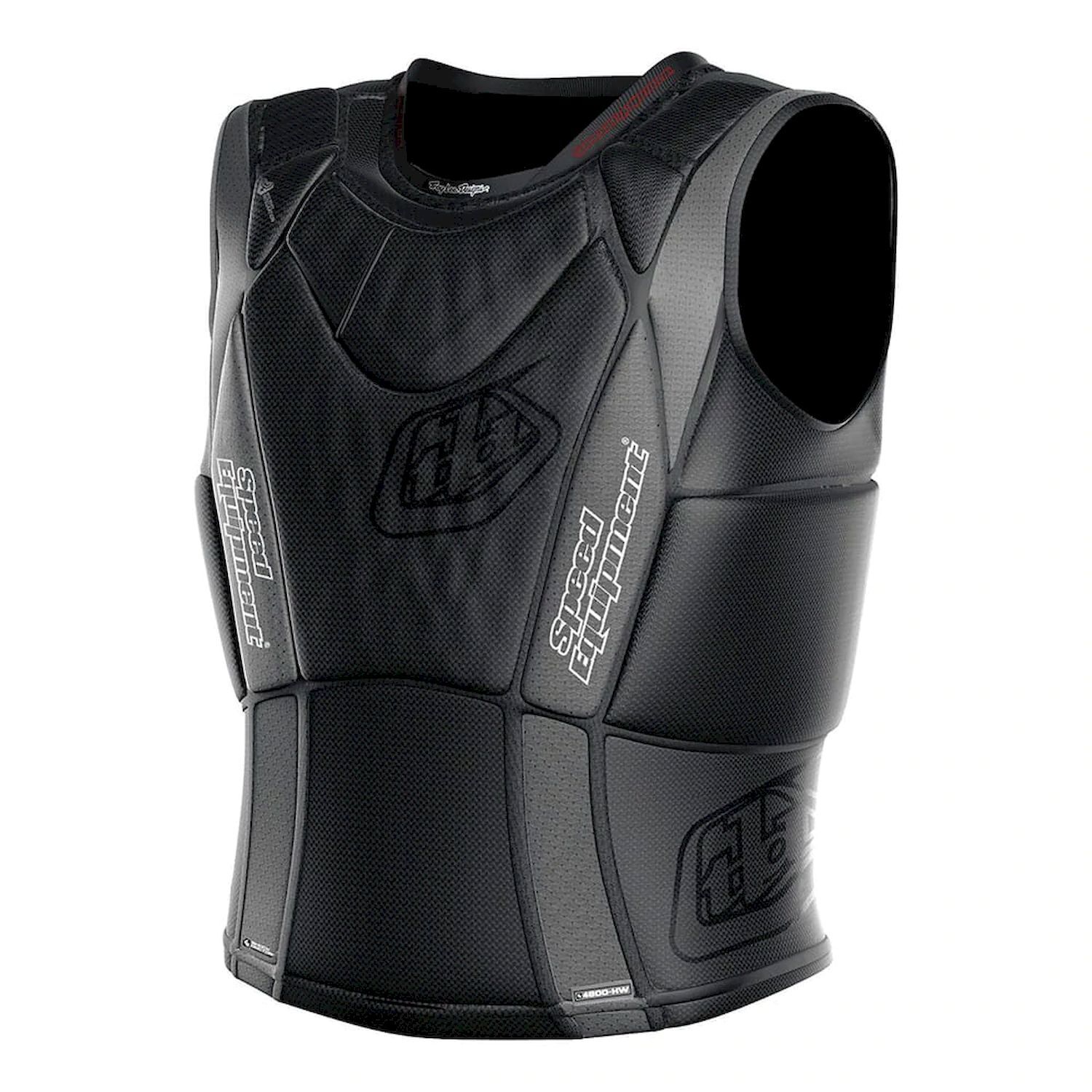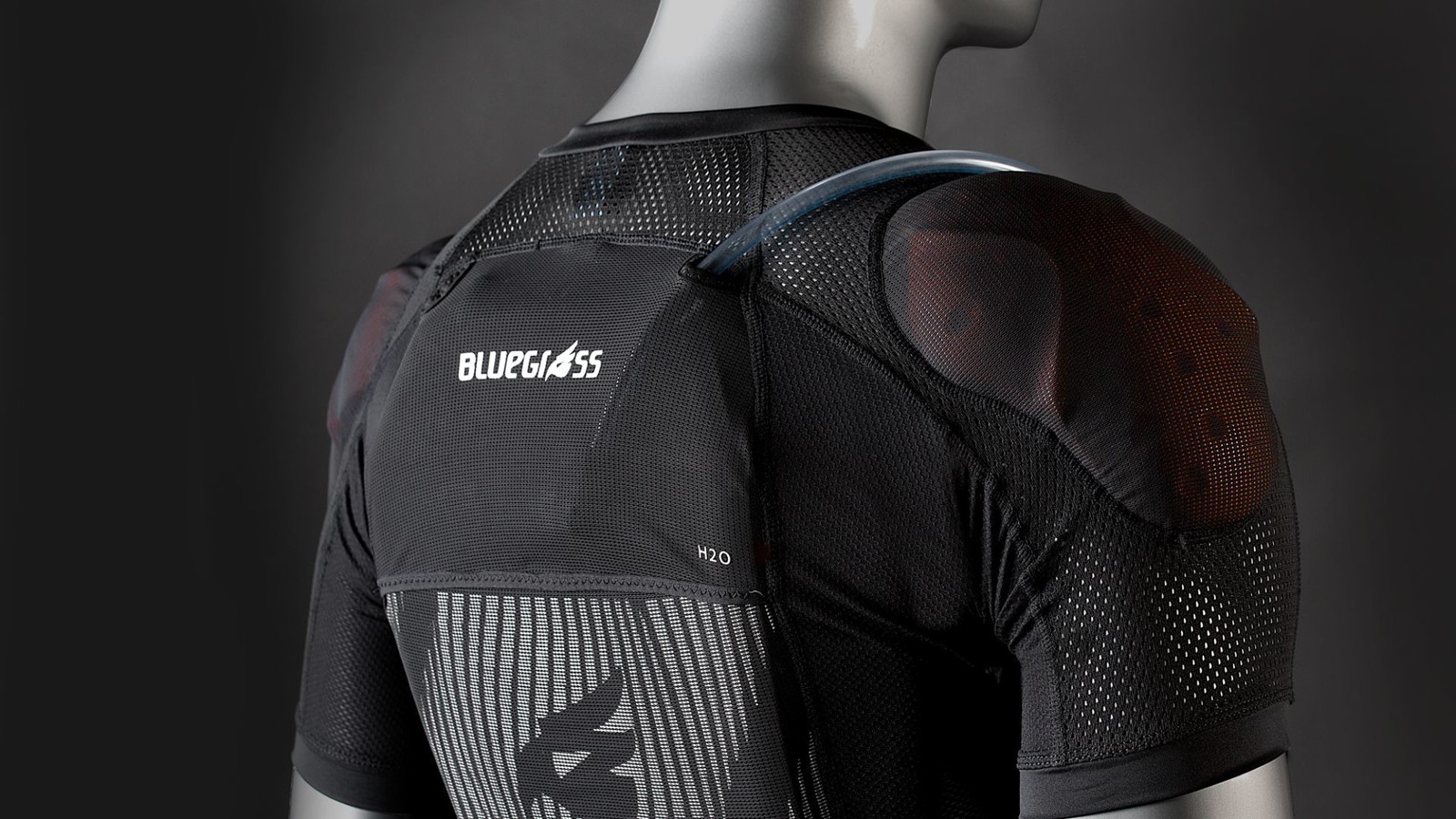The Role of Chest and Back Protectors in Mountain Biking
Mountain biking is an exhilarating and often adrenaline-pumping sport that involves navigating diverse terrains and confronting various obstacles. While the thrill of the ride is undoubtedly a significant draw for many enthusiasts, safety should always be a top priority. This is where mtb chest and back protectors come into play, offering essential protection for riders and instilling confidence during even the most challenging rides.
Chest and back protectors are specifically designed to absorb and distribute impact forces, thereby minimizing the risk of injuries to the spine, ribs, and other vital organs. These protective garments often feature advanced materials, such as high-density foam or specialized plastic inserts, which are strategically positioned to cover key areas of the torso. By wearing an mtb chest and back protector, riders can significantly reduce the likelihood of severe injuries in the event of a crash or fall, allowing them to enjoy their rides with added peace of mind.
Key Features to Consider When Choosing MTB Chest and Back Protectors
When selecting an mtb chest and back protector, there are several crucial features to consider to ensure optimal protection, comfort, and performance. By understanding these factors, riders can make informed decisions and invest in a high-quality protector that meets their specific needs and preferences.
- Coverage area: A good mtb chest and back protector should provide comprehensive coverage for the spine, chest, and abdomen, with additional protection for the shoulder blades and kidney area. This ensures that vital organs and the spine are well-shielded in the event of an impact.
- Fit: A properly fitting protector is essential for both safety and comfort. Look for adjustable straps and closures that allow for a customized fit, and ensure that the protector does not restrict movement or breatheability.
- Ventilation: Mountain biking can be a physically demanding sport, and excessive sweating is common. A well-ventilated mtb chest and back protector will help regulate body temperature and prevent overheating, keeping riders cool and comfortable during their rides.
- Adjustability: Adjustable protectors enable riders to fine-tune the fit and coverage, ensuring maximum protection and comfort. Look for models with adjustable shoulder straps, waist belts, and back panels to accommodate various body types and riding styles.
- Certifications: Ensure that the mtb chest and back protector you choose meets recognized safety standards, such as those set by the European Committee for Standardization (EN) or the International Organization for Standardization (ISO). These certifications guarantee that the protector has undergone rigorous testing and meets specific safety requirements.
Top MTB Chest and Back Protector Brands and Models
When it comes to selecting an mtb chest and back protector, several reputable brands and models stand out for their exceptional quality, innovative features, and rider satisfaction. Here are some top choices to consider:
Leatt 5.5 Body Protector
Leatt’s 5.5 Body Protector offers comprehensive protection for the chest, back, and shoulders, with a unique 3DF impact foam that provides excellent shock absorption. This model features a moisture-wicking, breathable fabric and an adjustable fit, ensuring both comfort and safety during rides.
G-Form Pro-X MTB Chest Protector
The G-Form Pro-X MTB Chest Protector is a flexible and lightweight option, utilizing SmartFlex pads that harden upon impact for superior protection. This protector is machine washable, making maintenance a breeze, and its form-fitting design allows for easy integration with jerseys and other riding gear.
POC VPD System Spine VPD 2.0
POC’s VPD System Spine VPD 2.0 is a back-specific protector that boasts a ventilated and flexible design, allowing for unrestricted movement and breathability. This model is certified to EN 1621-2 Level 2 standards, ensuring top-tier impact protection for riders.
Troy Lee Designs Ruckus CE Chest Protector
Troy Lee Designs’ Ruckus CE Chest Protector is a versatile and stylish option, offering CE Level 1 certification for both chest and back protection. This protector features adjustable shoulder, waist, and sternum straps, ensuring a customized fit for various body types. Additionally, its ventilated construction helps keep riders cool and comfortable during their rides.
Fox Racing Launch Pro D3O Back Protector
Fox Racing’s Launch Pro D3O Back Protector is a high-performance option designed for serious mountain bikers. This model incorporates D3O technology, which hardens upon impact for superior protection, and its low-profile design allows for easy integration with backpacks and hydration systems.
How to Properly Size and Fit Your MTB Chest and Back Protector
To ensure optimal protection and comfort while wearing an mtb chest and back protector, it is crucial to follow a proper sizing and fitting process. Here is a step-by-step guide to help you achieve the perfect fit:
- Measure your chest and waist: Using a soft measuring tape, measure the circumference of your chest at the widest point, typically just below the armpits. Next, measure your waist at the narrowest point, usually just above the navel. Record these measurements for reference when selecting a protector.
- Consult the manufacturer’s sizing chart: Most mtb chest and back protector brands provide a sizing chart on their websites or product packaging. Compare your measurements to the chart to determine the appropriate size range for your body.
- Try on the protector: Once you have identified a suitable size, put on the protector and adjust the straps for a snug but comfortable fit. Ensure that the protector does not restrict your movement or breathing and that it stays in place during various activities, such as bending, twisting, and jumping.
- Check coverage and adjustability: Verify that the protector covers the necessary areas, including the spine, chest, and abdomen. Make sure that adjustable features, such as shoulder straps and waist belts, can be fine-tuned for a customized fit. Additionally, ensure that the protector allows for adequate ventilation and breathability.
- Re-evaluate the fit periodically: As your body shape and size may change over time, it is essential to periodically re-evaluate the fit of your mtb chest and back protector. Make any necessary adjustments to maintain optimal protection and comfort during your rides.
Cleaning and Maintenance Tips for MTB Chest and Back Protectors
Properly cleaning, maintaining, and storing your mtb chest and back protector is crucial for prolonging its lifespan and ensuring its effectiveness. Follow these practical tips to keep your protector in top condition:
- Cleaning: After each ride, use a mild soap and warm water to gently clean your protector, focusing on any areas with visible dirt or sweat. Rinelyse the protector thoroughly and allow it to air dry in a well-ventilated area, away from direct sunlight. Avoid using harsh chemicals, bleach, or high-temperature drying methods, as these can damage the protective materials and reduce the protector’s effectiveness.
- Inspection: Regularly inspect your mtb chest and back protector for signs of wear, tear, or damage. Look for frayed seams, loose stitching, or worn-out foam, and address any issues promptly. If you notice any significant damage, consider replacing the protector to ensure continued safety and protection during your rides.
- Storage: Store your protector in a cool, dry place, away from direct sunlight and extreme temperatures. When not in use, keep the protector in a protective bag or case to prevent dust accumulation and potential damage. Additionally, avoid storing heavy objects on top of your protector, as this can cause unwanted compression and compromise its protective capabilities.
- Maintenance: Periodically check the adjustable straps and closures on your mtb chest and back protector to ensure they are functioning correctly. Tighten or replace any worn-out components as needed. Additionally, consider re-applying a waterproofing or protective coating to the exterior of the protector to maintain its resistance to moisture and abrasion.
Integrating MTB Chest and Back Protectors into Your Riding Gear
Mountain biking often involves wearing various protective gear, such as helmets, gloves, and knee pads. Integrating an mtb chest and back protector into your existing riding gear can be done seamlessly with a few simple steps:
- Choose compatible jerseys: Opt for jerseys with a loose or relaxed fit, as they are more likely to accommodate a chest and back protector without restricting movement or comfort. Look for jerseys with longer tails or drop tails, as these can help cover any gaps between the protector and your shorts, enhancing overall protection.
- Select appropriate shorts: Similar to jerseys, choose shorts with a loose or relaxed fit, allowing for easy integration with your mtb chest and back protector. Some mountain biking shorts feature adjustable waistbands or inner liners with pockets designed to hold protectors in place, ensuring a secure and comfortable fit.
- Use pads and guards: Combine your chest and back protector with other protective gear, such as elbow or knee pads, to create a comprehensive safety system. Many riders prefer using all-in-one protective vests that combine a chest and back protector with elbow and shoulder pads, providing a streamlined and convenient solution for mountain biking protection.
- Test the fit: Before heading out for a ride, ensure that your mtb chest and back protector is properly integrated with your jersey, shorts, and other protective gear. Perform various movements, such as bending, twisting, and jumping, to verify that the protector remains in place and does not restrict your range of motion.
Real-Life Experiences: MTB Riders Share Their Protector Preferences
Understanding the experiences and insights of fellow mountain bikers can help you make informed decisions when selecting an mtb chest and back protector. We’ve gathered testimonials and recommendations from riders who use these protectors, focusing on their personal experiences, favorite brands, and overall satisfaction.
“I’ve been using the Leatt 5.5 Body Protector for over a year now, and I’m really happy with it. The coverage is excellent, and the 3DF impact foam offers great protection without restricting my movement. Plus, the moisture-wicking fabric keeps me cool and dry during long rides.” – John D., experienced downhill rider
“As a cross-country rider, I appreciate the lightweight and breathable design of the G-Form Pro-X MTB Chest Protector. The SmartFlex pads provide excellent shock absorption, and the form-fitting design makes it easy to integrate with my jersey and other riding gear.” – Sarah K., cross-country enthusiast
“I was involved in a crash last season and suffered minor back injuries. Since then, I’ve been using the POC VPD System Spine VPD 2.0, and it has given me peace of mind during my rides. The ventilated and flexible design ensures both comfort and protection.” – Michael P., trail rider
“The Troy Lee Designs Ruckus CE Chest Protector is a fantastic choice for enduro riders like me. The CE Level 1 certification offers comprehensive protection, while the adjustable features allow for a customized fit. I also love the stylish design!” – Emily R., enduro racer
“I’ve tried several mtb chest and back protectors, and the Fox Racing Launch Pro D3O Back Protector is by far my favorite. The D3O technology offers superior impact protection, and the low-profile design ensures a comfortable fit under my backpack and hydration system.” – Daniel L., all-mountain rider


